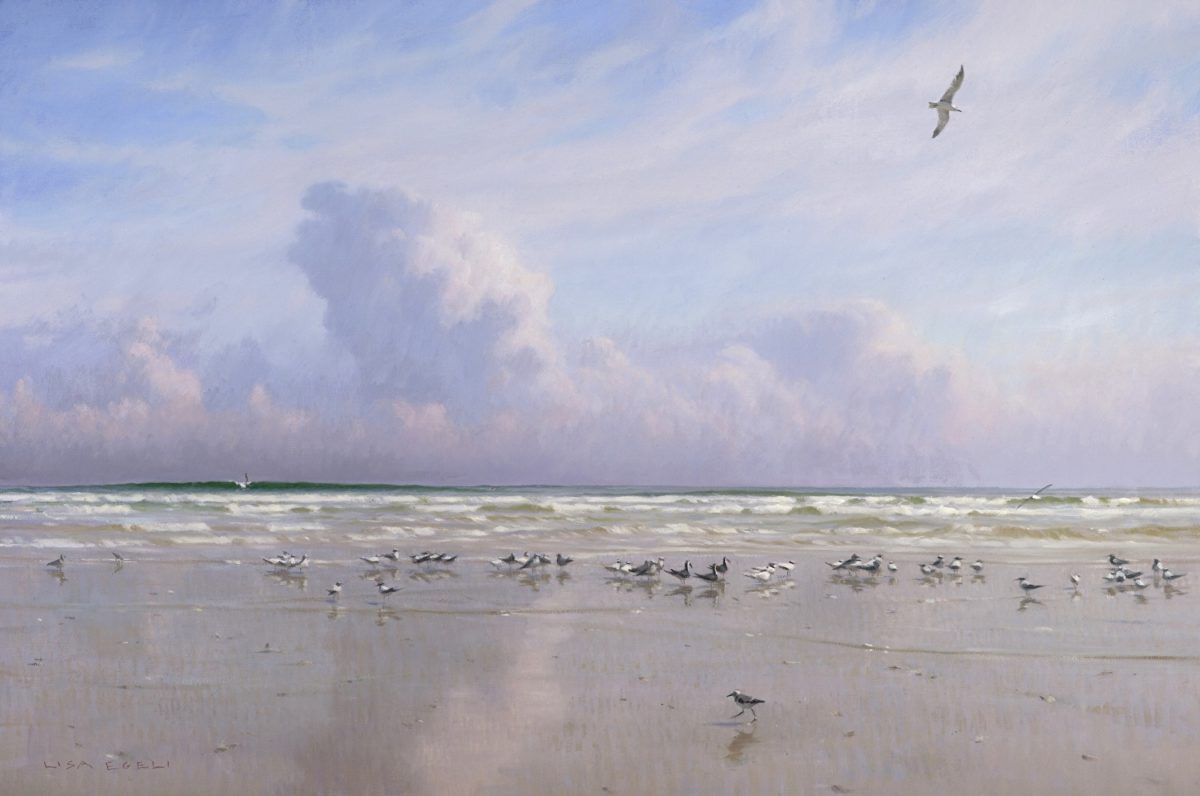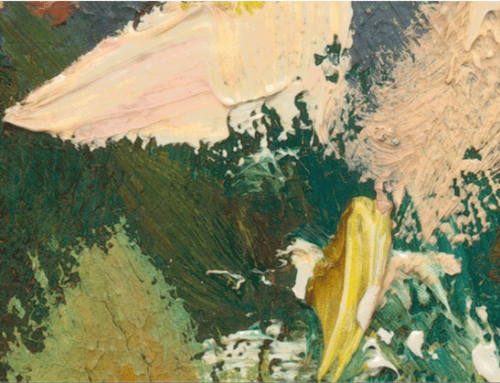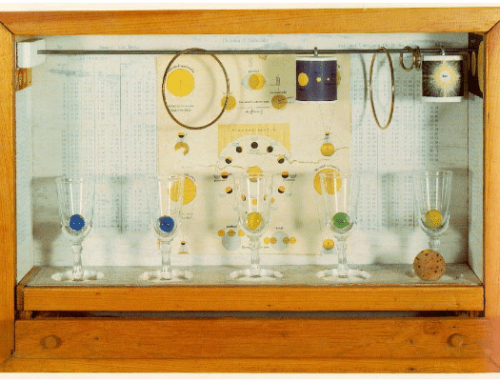Vast and archetypal, the ocean taunts the painter with multiple kinds of light, constantly changing colors, and intricate shapes always in motion.
And these are just a few of the technical issues – there’s also the ocean’s “moods,” the more intangible (but also more profound) human experience of the ocean and the endless challenge of committing something meaningful to canvas for the would-be seascapist to contend with.
Dutch painters tackled the sea when tasked with depicting their wealthy patrons’ shipping vessels bravely flying the national colors amid formidable and unpredictable seas.
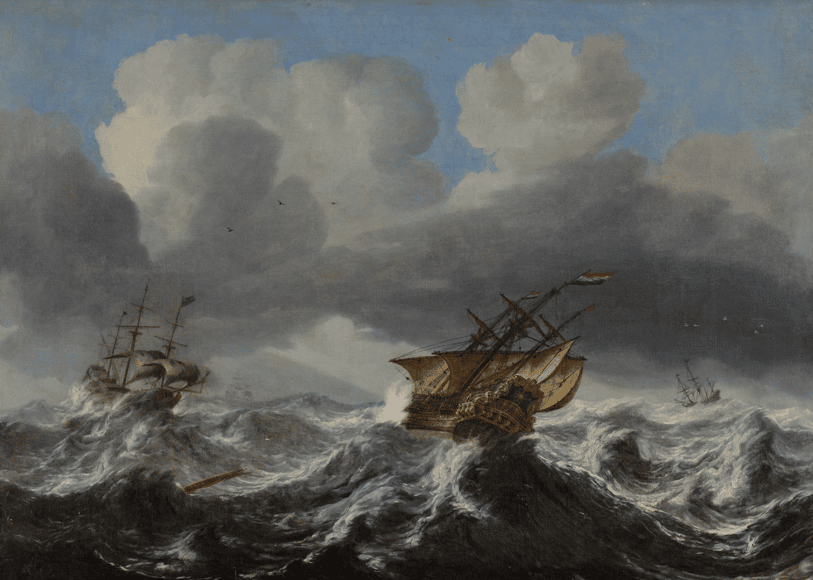
Hendrick Staets (1600/1626 – 1659/1679) – Dutch ships in a stormy sea
Starting there:
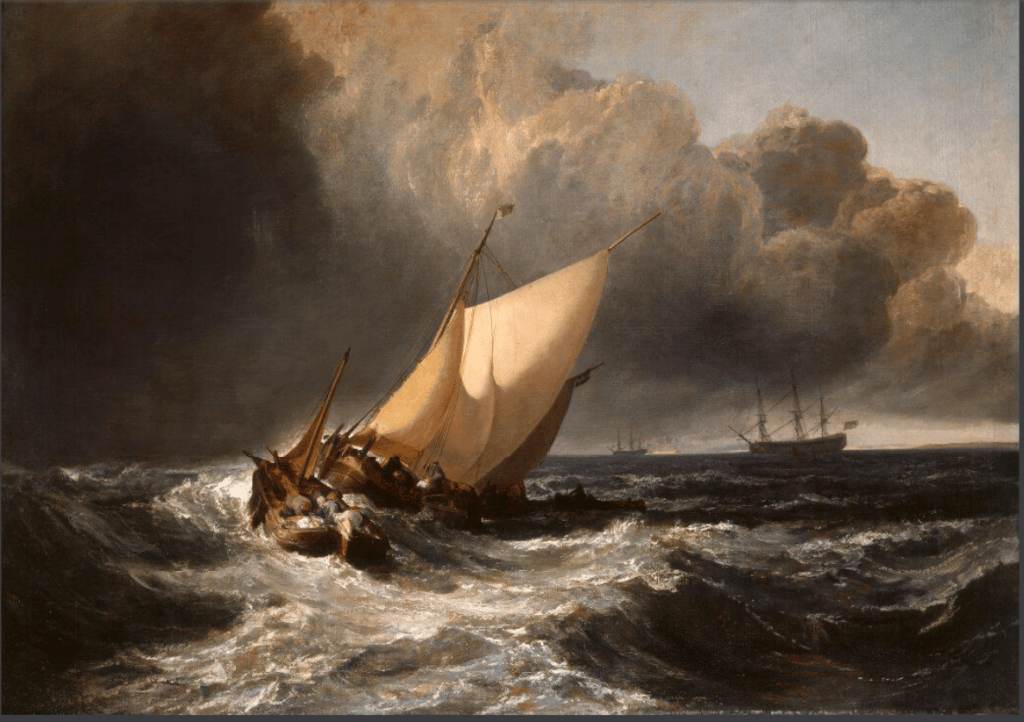
Turner, Dutch Boats in a Gale
JMW Turner astonished England with his debut Academy painting, Fishermen at Sea, painted in 1796:
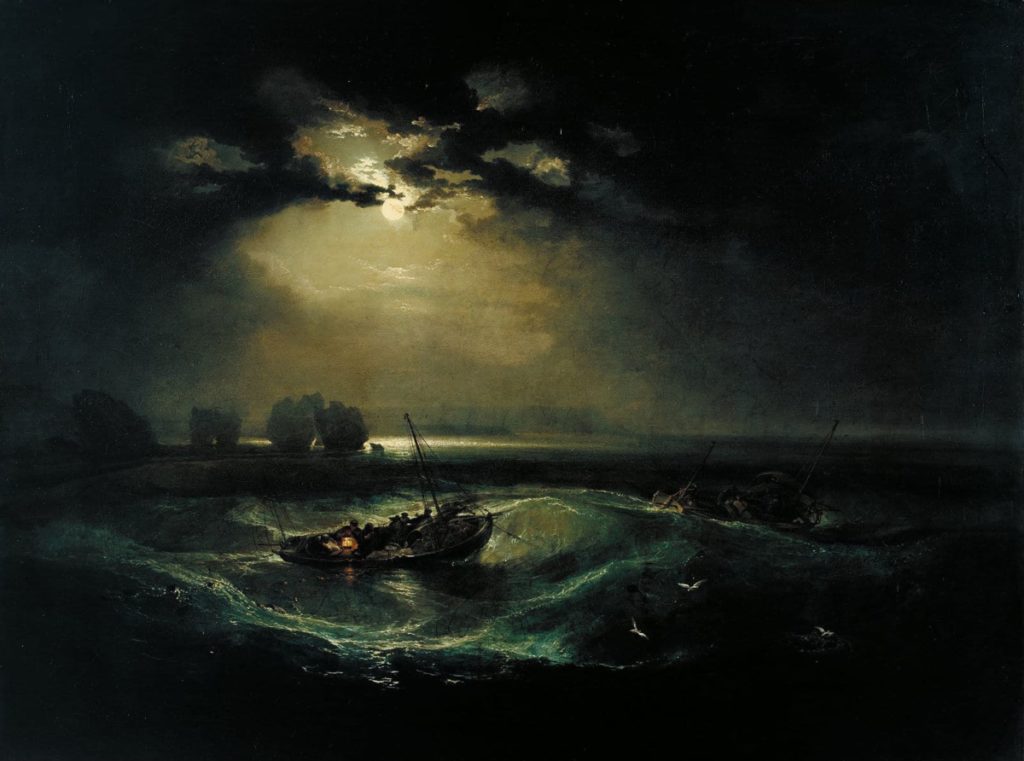
JMW Turner, Fishermen at Sea, 1796. Image copyright free for U.S. use.
Turner is considered a Romantic painter, but the later more typical Romantic depiction of the ocean is likely to be a tamer, yet still lonely, moonlit expanse of water with a few deliberately minimal ships or other evidence of humanity.
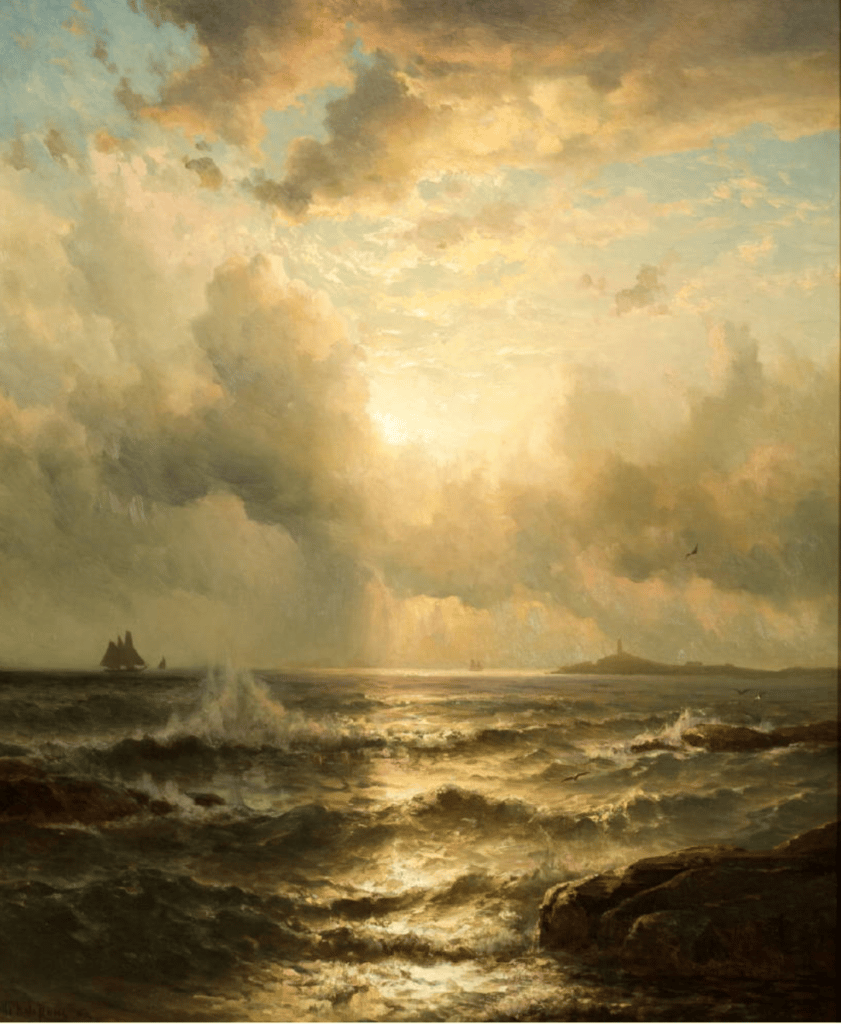
Mauritz de Haas, Moonlight at the Isles of Shoals (c. 1870)
In Mauritz de Haas’ Moonlight at the Isles of Shoals (c. 1870) we find a spectacle of brilliant light and agitated water, with a few small ships and a tiny lighthouse just visible in the distance.
At a relatively small 12″ x 16,” it’s likely that John Singer Sargent painted Mid-Ocean, Mid-Winter (1876) peering over the railing at the stern of a steamship as it plowed through the cold Atlantic. Sargent’s massive swells, churning foam and glowering sky pack a small painting with more power than most large ones.
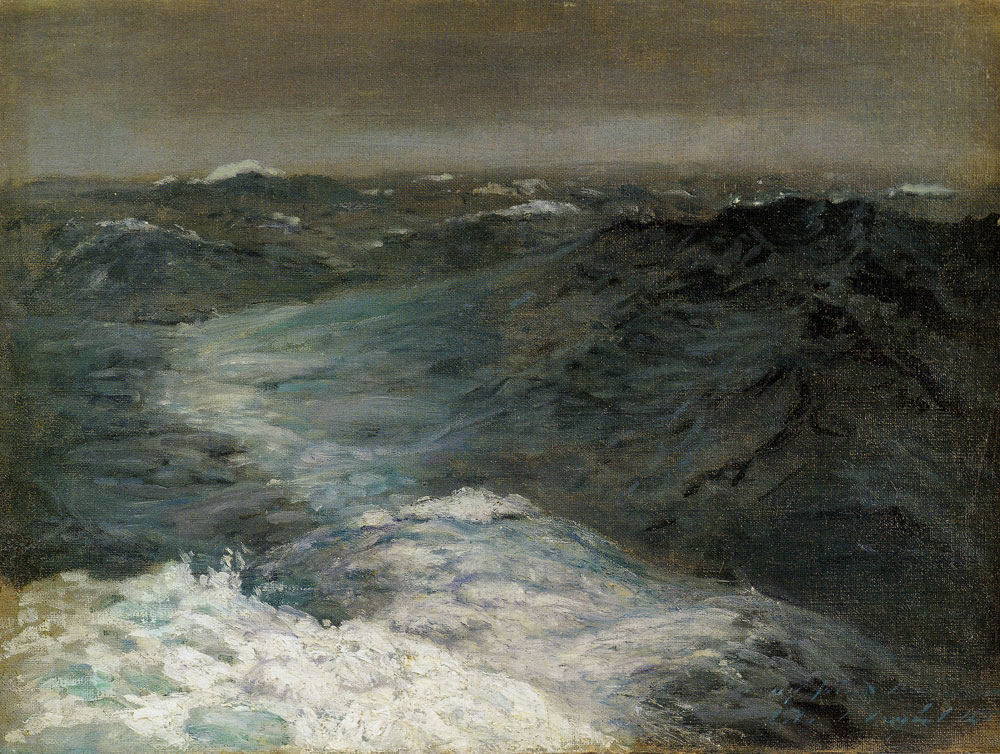
John Singer Sargent, Mid-Ocean, Mid-Winter, 1876, 31.8 x 42 cm
At the start of the 20th century, at least for waves braking on rocky shores, there were few who could contend with Frederick Judd Waugh (1866-1940).
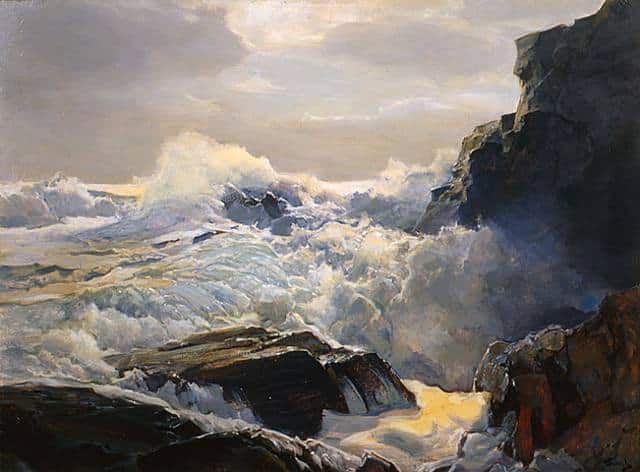
Waugh set the standard for dramatic images of waves crashing against rocks ornamented with dazzling and prismatic lighting effects. Charles Woodbury, a contemporary and contender with Waugh for the country’s “best sea painter” at the time, took a more stylized, imaginative approach in his Art Deco-influenced gem, The Wave.
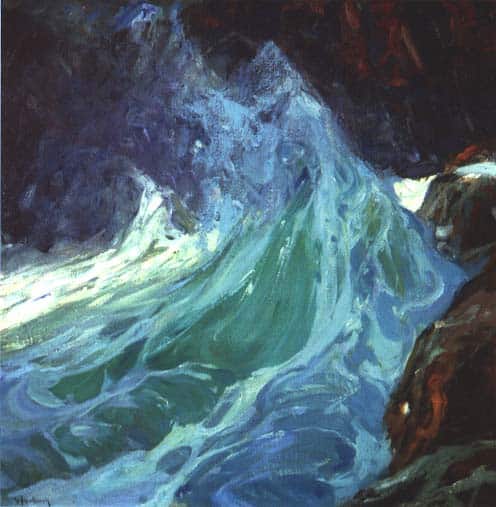
Charles Woodbury, The Wave (Ogunquit Museum of American Art)
Another common approach is the harbor, a motif favored by Emil Gruppe and the mid 20th century artists of Rockport and Gloucester, Mass.
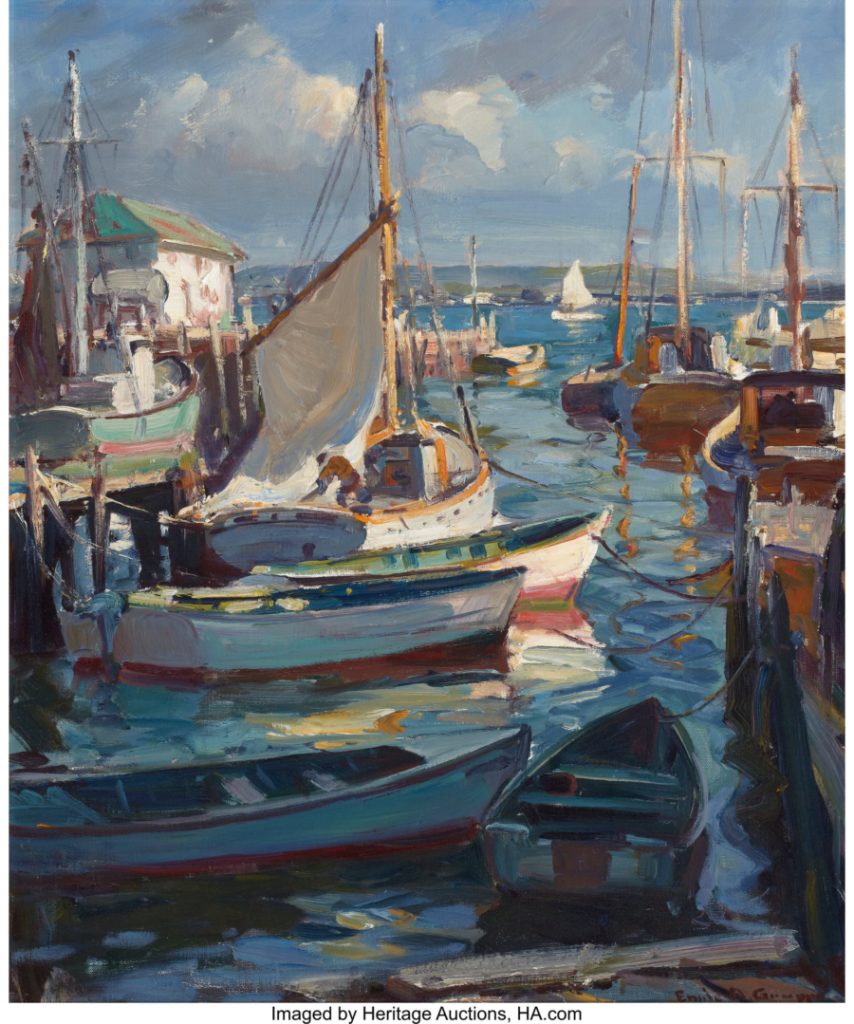
Then there’s the crowded beach, a popular genre since French Impressionism.
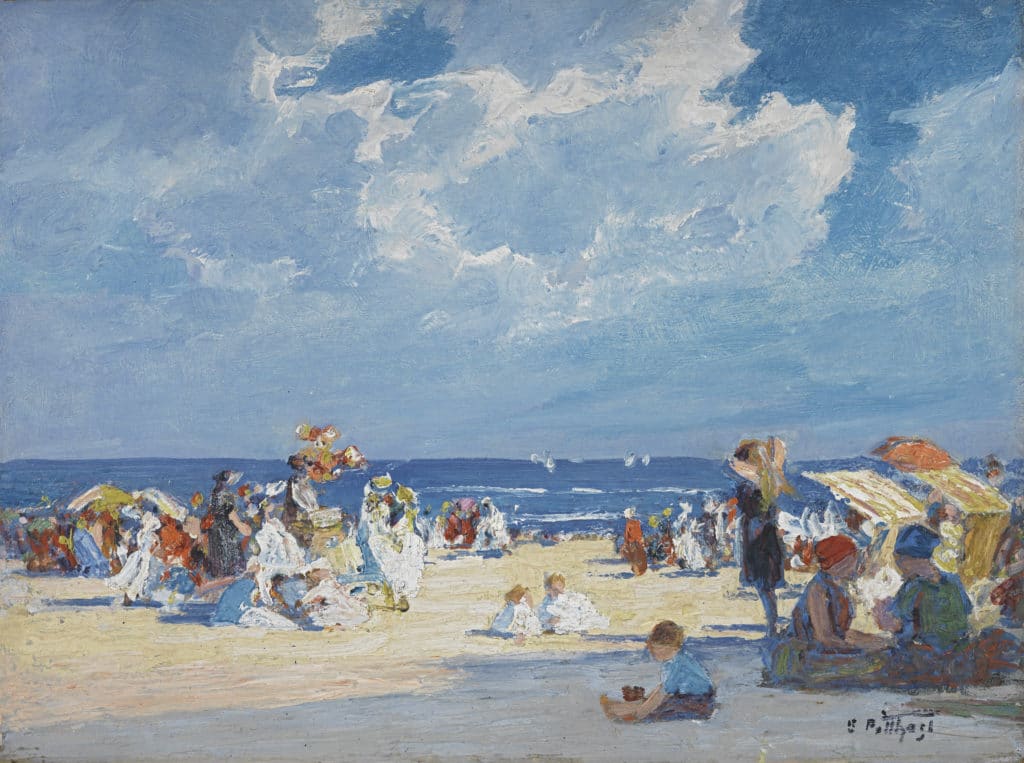
Edward Henry Potthast, beach scene, c. 1915
Early to mid-century painter Edward Henry Potthast made it his specialty.
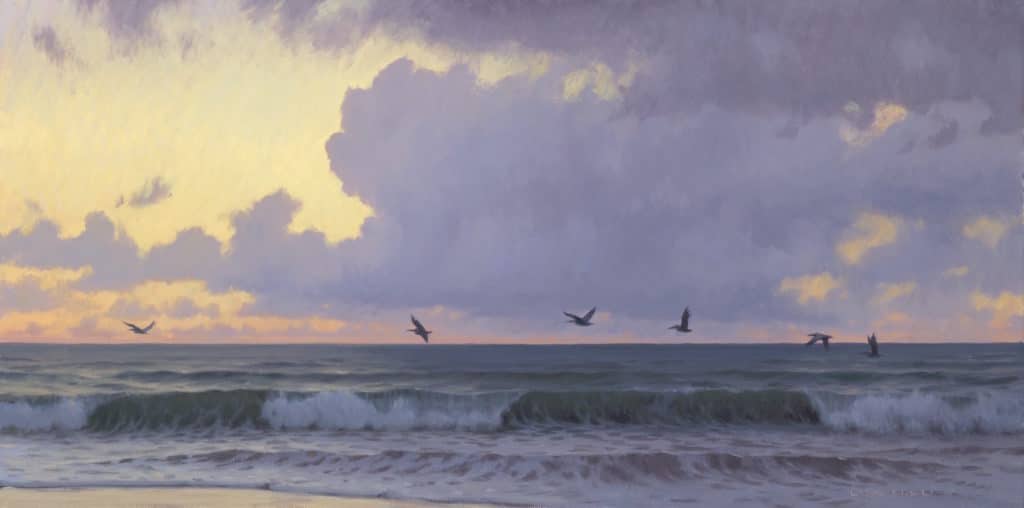
Lisa Egeli, Good Things to Come, oil 18″ x 36″
Contemporary artist Lisa Egeli (who painting also appears at the top of this page) outlines a step-by-step method for capturing the essence of moving waves and water in a newly available teaching video, Painting the Sea.

